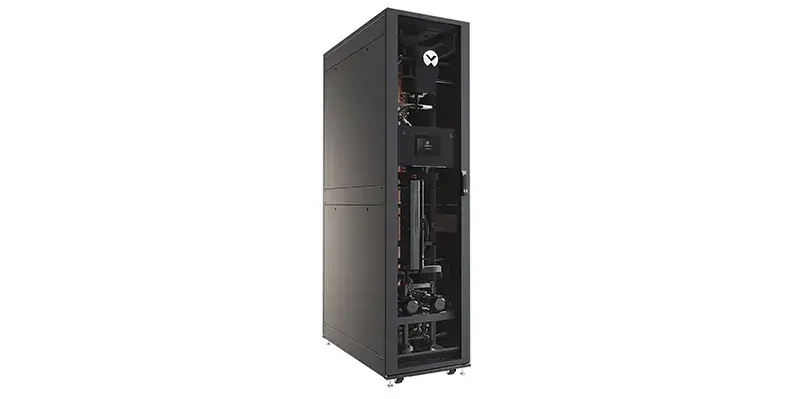Vodacom Business has successfully deployed a Mobile Private Network (MPN) at Sasol’s synthetic fuel facility in Secunda, Mpumalanga
This partnership represents a significant step forward in using next-generation connectivity to drive greater operational efficiency and digital transformation in heavy industry.
Victor Bester, Sasol’s executive vice-president of operations and projects, explained, “As part of Sasol's digitalisation journey, there is a focus on utilising technology to improve processes that impact safety and efficiency across our facilities. This initiative allows us to accelerate these efforts through improved connectivity and control of the mobile network deployed at our Secunda production facility. Our collaboration with Vodacom Business creates opportunities for us to do things differently and grow our digital maturity. We look forward to the positive impact this advanced connectivity solution will have on our operations.”
Vodacom’s MPN is designed to offer tailored, secure, and high-performance mobile network access – critical for large-scale, high-stakes environments like Sasol’s. Peter Malebye, managing executive at Vodacom Business, said, “Our MPN solution provides a dedicated, secure, and high-performance mobile network tailored to meet the specific needs of Sasol's operations. It delivers the scalability and reliability required to ensure continuity for its mission-and business-critical applications.”
According to Malebye, this level of connectivity enables far more than just smoother communication. “When all of this comes together, an organisation can ultimately bring in other innovations, such as digital twins or enable remote and autonomous operations to improve planning,” he added.
Instead of using Wi-Fi to connect around 3,000 staff across Sasol’s vast facility—which would require an enormous and costly infrastructure rollout—the MPN creates a smarter, more streamlined solution. By integrating Vodacom’s network with Sasol’s internal systems, the site now benefits from better-connected employees, equipment, and assets.
This shift not only enhances real-time monitoring but also boosts safety and compliance, enables more effective asset management, improves team collaboration, and sharpens overall operational performance. Crucially, MPNs deliver consistent coverage in areas where public mobile networks may be patchy or completely unavailable.
Unlike public mobile networks, an MPN provides exclusive access, meaning the network can be fine-tuned for specific operational needs. These networks offer increased control, robust security, and ultra-low latency.
What’s more, data processed via the MPN stays entirely on-site—an essential feature for mission-critical operations like Sasol’s, where high uptime and minimal latency are non-negotiable.
“While MPNs are becoming increasingly relevant in a South African context, they are not yet as widespread as traditional public mobile networks,” Malebye noted. “Vodacom Business has been a pioneer in developing tailored MPN offerings for our clients in the southern African region. When Sasol turned to us to embark on this digital journey, it was a privilege for us to walk alongside them and provide them with solutions they needed to transform their operations while making a positive impact on our country's industrial sector.”










